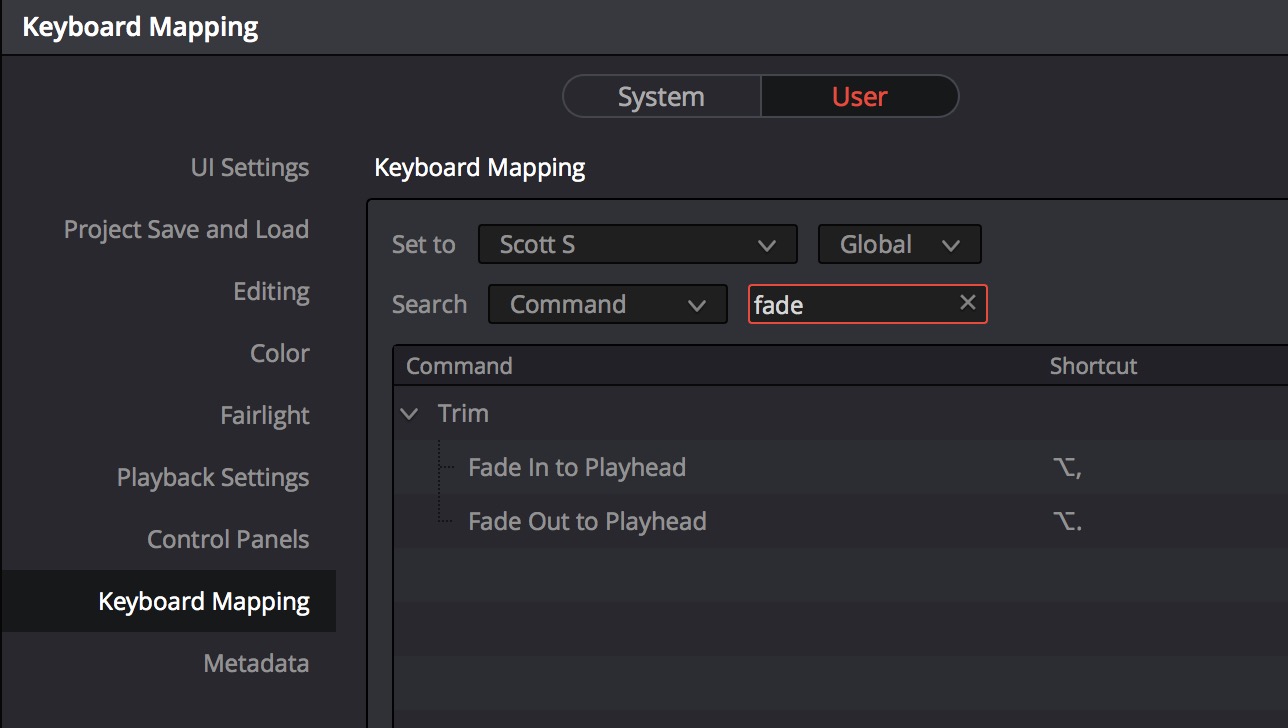

If this is the case then the fades in the edit window (step 2 above) will be applied first, making the clip fade from/to black, which then is given to the timeline colour window adjustments (step 3 above).

I believe the order that the processing is done is:ġ) colour of each clip is changed according to the group and clip adjustments in the colour windowĢ) the adjustments in the edit window are then appliedģ) the adjustments from the timeline section in the colour window is then applied

colour grading in the timeline section in the colour window colour correction in the group and clip sections in the colour window fade from/to black is using the fade handles on the clip in the edit window I can probably automate something on those clips to cancel out the effects, but if your video starts with something that makes grandma ask "Why is that person blue?" then I'm thinking it's missed its mark! I understand that fade to black isn't a common editing move, so it's unlikely to come up that often. My questions is, how do other people handle this? Obviously this is an example, but any look that assigns artificial colour via luminance will have this behaviour. To be specific, if I make the shadows blue, when the picture is fading in it is effectively all shadow so it looks blue before it is bright enough for the majority of the image to get into the warmer colours. The issue that I have is that now I'm learning about colour grading (as opposed to colour correction) and experimenting with things like the teal/orange look, my fades get colourised through these 'looks' and they look odd. Kind of like a little snippet into our lives. I think it creates a nice aesthetic for 2-4 minute videos of a family outing or holiday etc. I make short home videos, and the style that I've developed is to start with a title on black and fade in the video underneath.


 0 kommentar(er)
0 kommentar(er)
